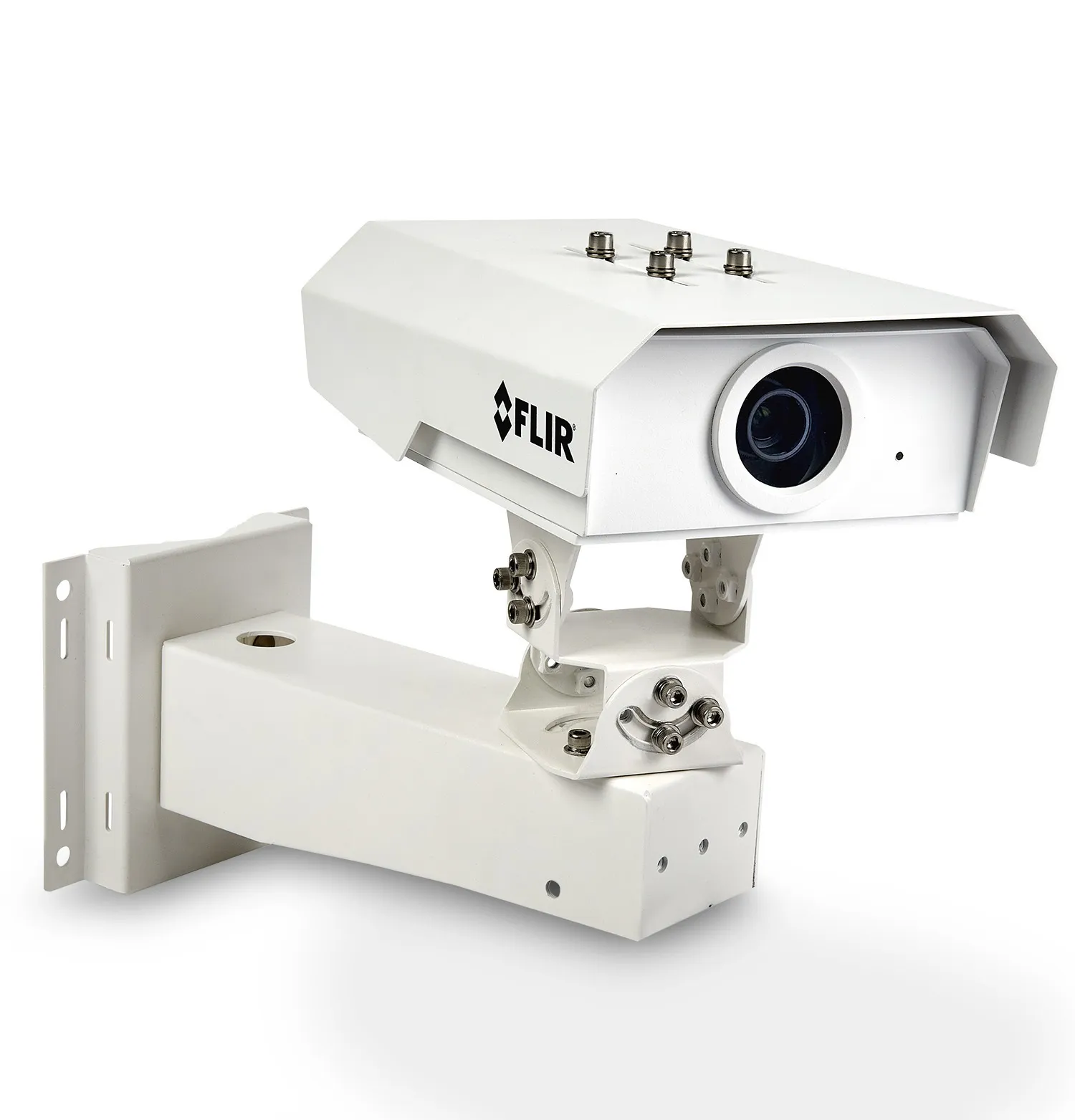Merge, a technology from Xerox provides municipalities with a central management system to manage parking operations, integrating hardware and software to provide real-time information about coin collections, meter maintenance, enforcement and occupancy by applying real-time data to solve parking issues. According to Xerox, Merge is the first system to fully integrate and provide analytics on all aspects of metered and off-street parking programs. Merge is built on an open architecture platform that enables
May 21, 2013
Read time: 2 mins
Merge, a technology from 4186 Xerox provides municipalities with a central management system to manage parking operations, integrating hardware and software to provide real-time information about coin collections, meter maintenance, enforcement and occupancy by applying real-time data to solve parking issues. According to Xerox, Merge is the first system to fully integrate and provide analytics on all aspects of metered and off-street parking programs.
Merge is built on an open architecture platform that enables cities to plug and play any field technology or software system that manages parking operations – from parking space sensors and meters to handheld devices as well as the internet, smart phones, and dynamic message signs for real-time parking guidance.
Merge is also equipped with Xerox’s proprietary dynamic pricing engine that can be used to recommend parking rates based on historical data as well as adjust parking prices by predicting demand using data from current conditions.
“For the first time, parking managers have immediate visibility into what is happening on their streets,” said David Cummins, senior vice president of Parking and Justice Solutions, Xerox Transportation. “Now municipalities can make data-driven decisions on everything from meter collections to rate structures – improving performance and creating additional revenues.”
In Los Angeles, Merge is deployed as part of the City’s LA Express Park program, where Xerox’s algorithm-driven pricing model sets parking prices based on supply and demand, helping improve parking turn over and space availability and provide a better experience for drivers.
“Merge integrates both our back-end parking systems and in-field parking technology,” said Dan Mitchell, senior transportation engineer, City of Los Angeles, overseeing LA Express Park. “The central management capabilities provide valuable insight into our total parking environment and the open platform allows us to be flexible in sourcing suppliers.”
Merge is built on an open architecture platform that enables cities to plug and play any field technology or software system that manages parking operations – from parking space sensors and meters to handheld devices as well as the internet, smart phones, and dynamic message signs for real-time parking guidance.
Merge is also equipped with Xerox’s proprietary dynamic pricing engine that can be used to recommend parking rates based on historical data as well as adjust parking prices by predicting demand using data from current conditions.
“For the first time, parking managers have immediate visibility into what is happening on their streets,” said David Cummins, senior vice president of Parking and Justice Solutions, Xerox Transportation. “Now municipalities can make data-driven decisions on everything from meter collections to rate structures – improving performance and creating additional revenues.”
In Los Angeles, Merge is deployed as part of the City’s LA Express Park program, where Xerox’s algorithm-driven pricing model sets parking prices based on supply and demand, helping improve parking turn over and space availability and provide a better experience for drivers.
“Merge integrates both our back-end parking systems and in-field parking technology,” said Dan Mitchell, senior transportation engineer, City of Los Angeles, overseeing LA Express Park. “The central management capabilities provide valuable insight into our total parking environment and the open platform allows us to be flexible in sourcing suppliers.”









